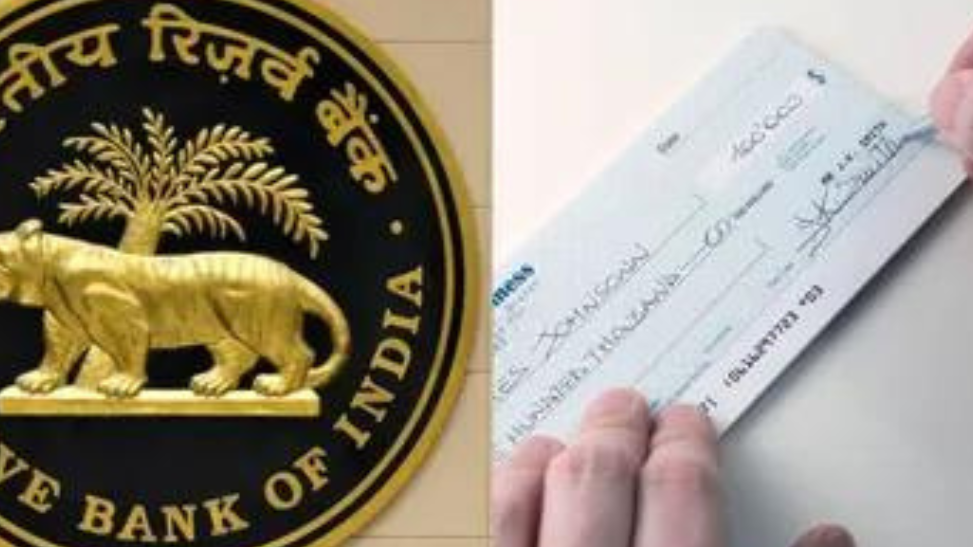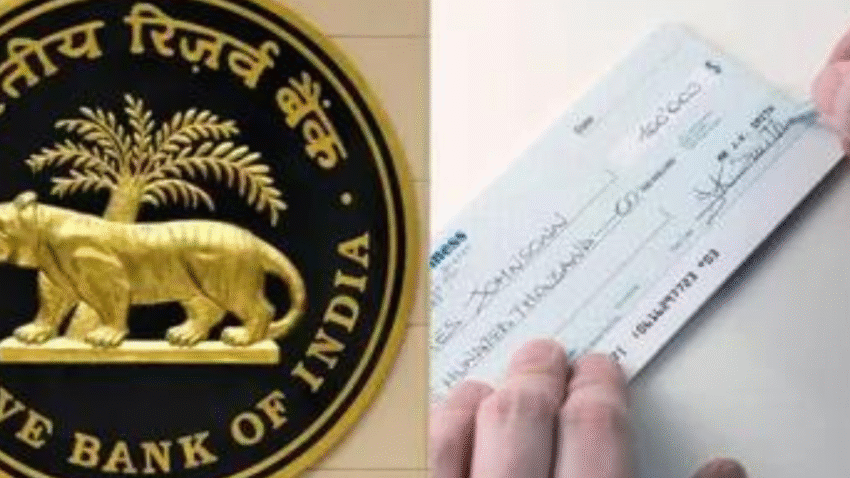
Overview of the Reform
RBI Faster Cheque Clearance: The Reserve Bank of India (RBI) is set to bring a major transformation to cheque processing with its RBI Faster Cheque Clearance initiative. Beginning October 4, 2025, the long-standing T+1 batch-settlement model will give way to a continuous clearing and settlement on realisation approach. This means cheques presented during business hours will be cleared within hours, not days. The phased rollout aims to modernize the Cheque Truncation System (CTS), significantly reducing settlement delays and aligning cheque processing closer to near-real-time systems like NEFT and RTGS.
Why This Matters
This reform is a significant step forward in enhancing customer experience and operational efficiency. Currently, cheques can take up to two working days to clear, inconveniencing consumers and businesses alike. With RBI Faster Cheque Clearance, delays due to physical transport or end-of-day batch processing will be virtually eliminated. Real-time confirmation and settlement reduce settlement risk and liquidity challenges, while boosting trust in cheque-based payments.
Phase-Wise Rollout Explained
The introduction of RBI Faster Cheque Clearance will occur in two phases:
Phase 1 (Oct 4, 2025 – Jan 2, 2026):
- Cheques scanned and presented continuously between 10:00 AM and 4:00 PM.
- Drawee banks must confirm cheque status (honour/dishonour) by 7:00 PM, or they are deemed approved and included in settlementThe Times of IndiaRediff.
Phase 2 (From Jan 3, 2026):
- A tighter T+3 clear hours window is enforced. For instance, a cheque received at 10:15 AM must be confirmed by 2:00 PM, failing which it is automatically settled.
- Settlements then occur hourly from 11:00 AM to 7:00 PM. Presenting banks must credit customer accounts within one hour of settlement (subject to safeguards)Taxscan.
These structured timelines ensure accountability at the bank level and rapid fund release to customers.
Benefits to Customers & Banks
For Customers:
- Faster Access to Funds: Cheques deposited in the morning could reflect in accounts by afternoon.
- Predictability & Convenience: Eliminates anxiety over delayed settlements and brings certainty to fund availability.
For Banks:
- Lower Settlement Risk: Continuous confirmation minimizes systemic risk from uncertain cheque clearances.
- Operational Efficiency: Automated processing reduces manual burden and overhead costs.
- Liquidity Improvement: Quicker turnaround helps banks manage liquidity more dynamically.
Together, these efficiencies lead to a smoother banking experience and improved customer satisfaction.
Technical and Operational Requirements
Implementing RBI Faster Cheque Clearance requires:
- Back-end upgrades to facilitate real-time image capture, secure transmission, and instant confirmation workflows.
- Process redesign, aligning clearing operations to handle continuous flows and enforce strict expiry timelines.
- Staff training and customer communication, so both staff and customers understand the new cheque settlement model.
- Safeguards, such as fraud checks and verification steps, must remain vigilant even as processing accelerates.
Banks that proactively adapt their technology and operations will reap the benefits of reduced delays and smoother settlements.
Linking to Digital Payment Agendas
The RBI Faster Cheque Clearance complements India’s broader push toward digital and near-instant payments like UPI and NEFT. By modernizing cheque systems, RBI ensures cheque-based settlements evolve in parallel. For readers interested in the trend toward digital transformation, check out our detailed analysis of [India’s Digital Payments Revolution and NEFT Upgrades]
Conclusion
The RBI Faster Cheque Clearance initiative is a game-changer for cheque settlements in India. By transitioning to a modern, hourly continuous clearing model, the RBI is addressing a long-standing bottleneck in banking. Customers stand to benefit from faster access to funds, while banks gain operational efficiencies and risk management improvements. As we approach October 4, 2025, banks must be ready to implement this system. This reform not only streamlines traditional cheque processes but also aligns India’s banking infrastructure with contemporary global standards.

